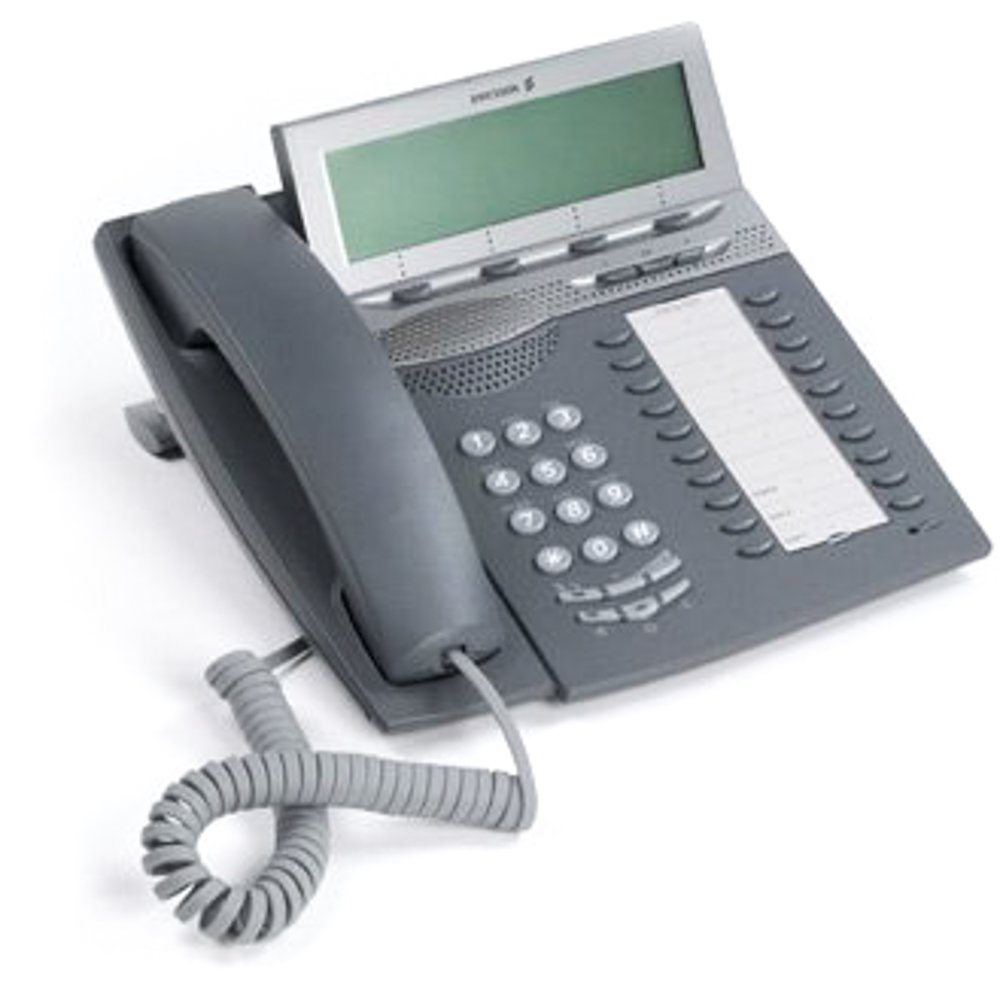

Unpack, and put them in your EFI/OC/Kexts folder on your bootable USB drive. Grab the two kexts ( USBToolBox.kext and UTBDefault.kext) within the zip file. If you create the USB Mac drive in Windows or Linux, you can copy this file into a separate folder outside of the EFI folder (call it Stuff or something). Copy the created kext (called UTBMap.kext) file this program creates onto a separate flash drive to use after MacOSX is installed. Run the Windows.exe version (your antivirus software will go nuts trying to run this on your machine either allow it, or rename the executable after unpacking it). Most of the tools needed to download the Mac operating system will work, provided you install Python (instructions are in the Dortania Guide.)

Using the Windows method eliminates the need to mount an EFI partition for edits or changes. I had a much easier time creating the Mac USB drives in Windows (though I've tried using all three methods). Note: Another reason for using Windows 10 or 11 is that you can create your Opencore USB drive using the Windows instructions in the Dortania Opencore Guide ( ). Use the Windows version of USBToolBox, and map your ports per their instructions (basic instructions are on the same page with the utility). Make sure that ALL of your drivers for Windows 10 or 11 are installed (especially your chipset drivers). Here's what I did for my machine with Catalina (wild ride but worked like a charm):īefore you install OSX on the target machine, install Windows 10 or Windows 11 first. (Repost from another person who had the same issue.


 0 kommentar(er)
0 kommentar(er)
